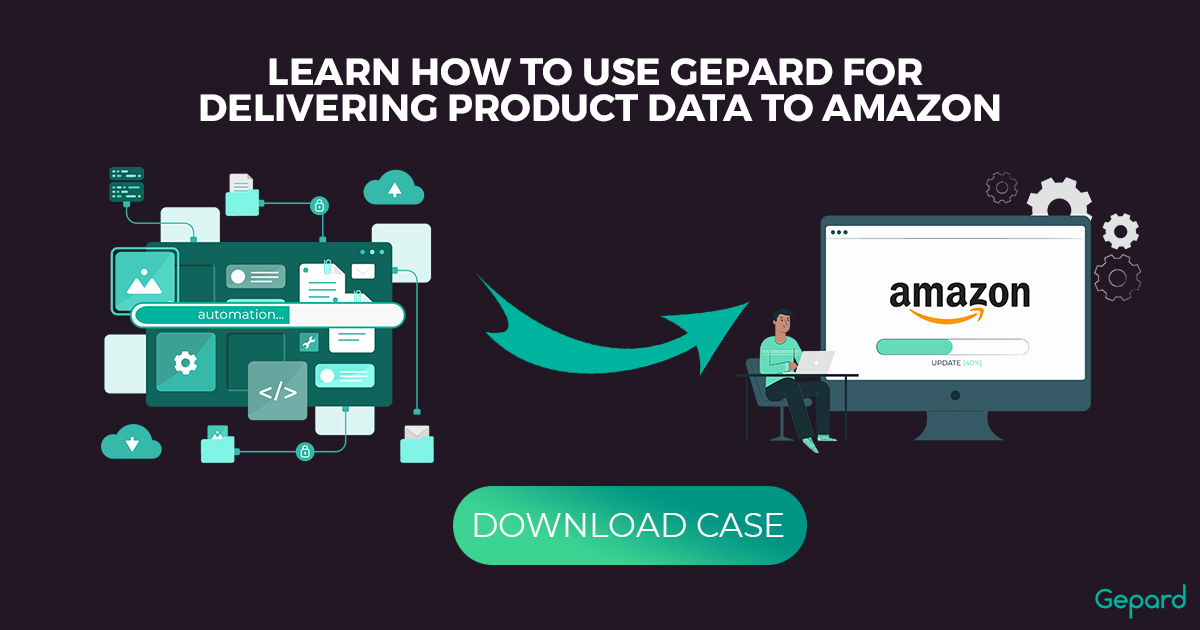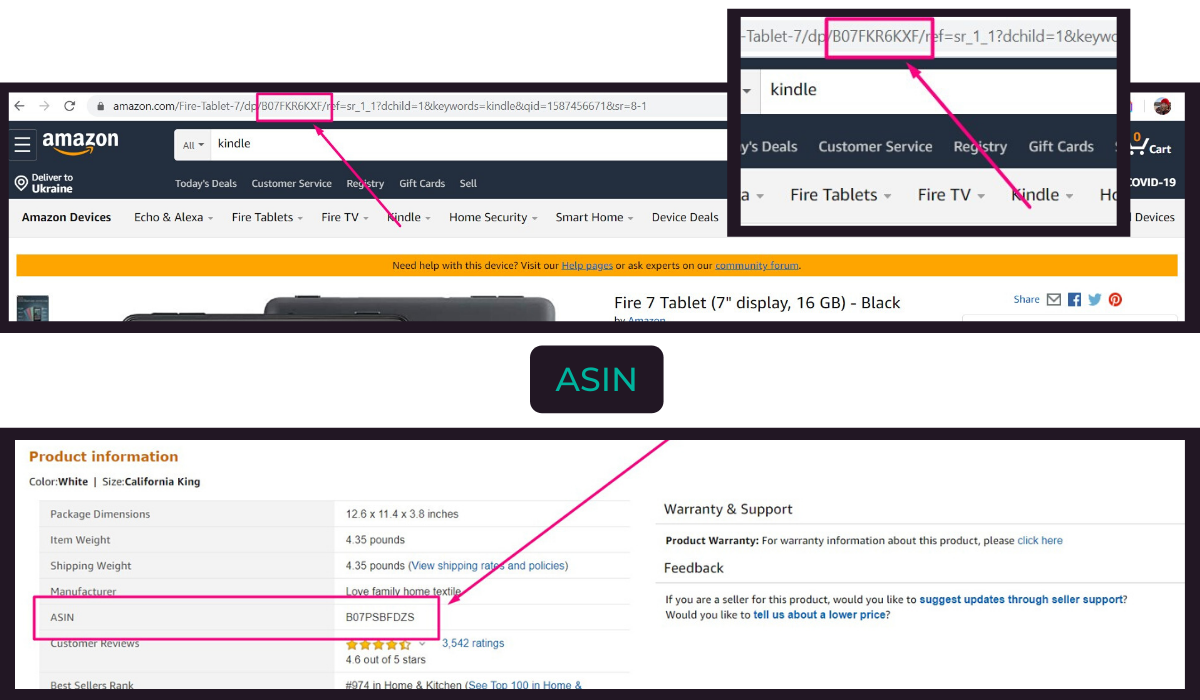
The URL Structure For An Amazon Product Listing: Where’s The ASIN?
So let’s see what the product URL looks like and where you can easily find ASIN.
Amazon URL > Name of product > dp > ASIN
Let’s break a structure on an example.
Amazon marketplace URL – www.amazon.com
Name of the product – Fire-Tablet-7
dp
ASIN – B07HZHCDQG
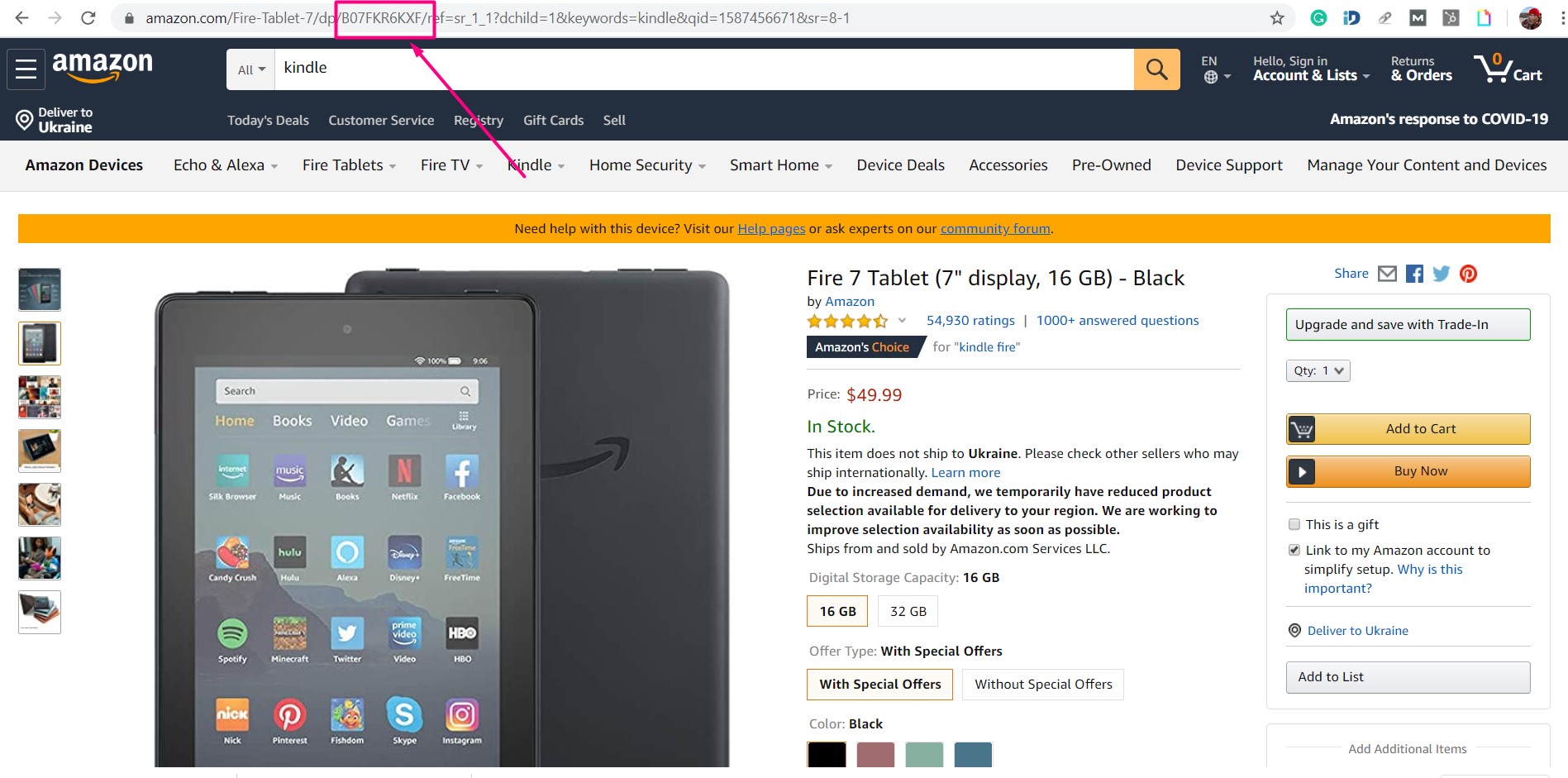 Note: every retailer selling the same product on Amazon should use exactly the same ASIN.
Note: every retailer selling the same product on Amazon should use exactly the same ASIN.
However: not all ASINs could be used globally. That means the same item sold on Amazon.co.uk could have a different identification number than on Amazon.co.es.
Why Is Amazon ASIN Important To Sellers?
Each product sold on a Big A marketplace gets a unique Amazon Standard Identification Number.
What’s the use of ASIN for retailers?
- A code is used to identify and track items in your Amazon store.
- ASIN indexes catalog pages for search and ensures a product is searchable by Amazon shoppers.
When shoppers type in ASIN (or ASIN along with product description) Amazon provides accurate and relevant item searches each time. So make sure you’re using the correct ASIN number for every product on a list, otherwise, Amazon won’t be able to categorize it correctly and customers’ search won’t lead to you specifically. So, option a) you have to find a relevant existing ASIN within the Amazon ASIN database; b) create a new identification number for your product. Follow the article to figure out which is your case.
Tip: type in a product’s identification number (ASIN) to Google or directly to Amazon to analyze the keywords, product titles, and meta descriptions your highest-rating competitors are using for the same product. As always, SEO is key to succeeding in any marketplace.
Every Amazon seller faces the challenge of managing Amazon listings as well as a struggle to create that perfect product description and eCommerce product images to win a vivid competitive advantage and climb higher in Amazon algorithms. I’ve attached materials that would help you out.
How To Get An Amazon ASIN Number?
Basically, you’ll receive ASIN when you go to the ‘Add a Product‘ tool on the Amazon selling page. Alternatively, scroll down to Product information and you’ll find ASIN.
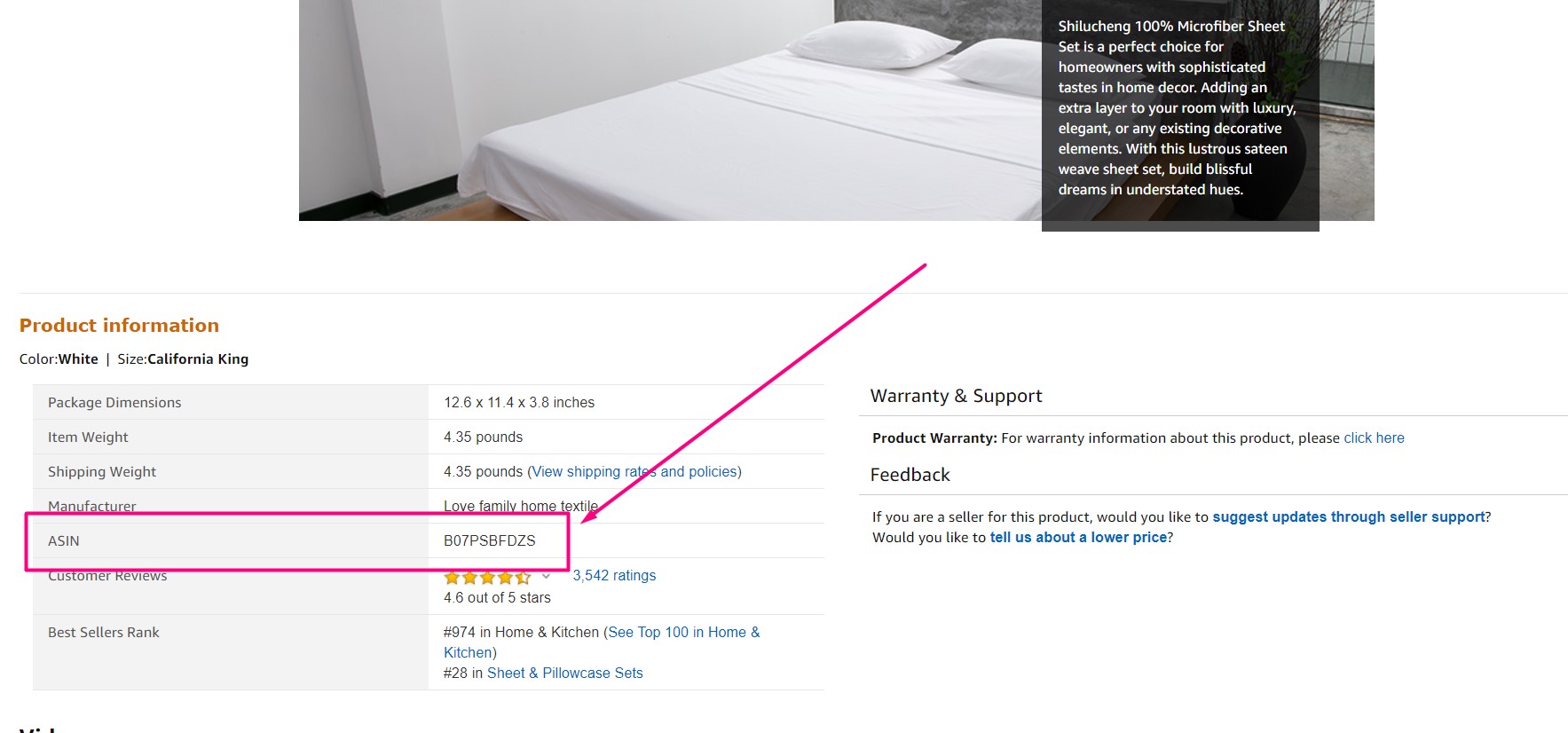
Once you have all the information about the products, send it to Amazon for listing approval. If all is good, it is placed in your inventory along with the Amazon ASIN number. Voila!
Do You Need To Create A New ASIN For A Product That Already Exists On Amazon?
No. Unless you upload a product that previously didn’t appear on Amazon, you don’t need to create any new ASIN number.
Moreover, it is prohibited to create new ASINs for existing products. Creating a new ASIN for existing products doesn’t benefit you as a seller in any way. On the contrary, matching it with an existing product allows you to take advantage of that product traffic on the market.
For books, it’s a no-brainer — here, the product’s ASIN equals the ISBN code (International Standard Book Number).
For all other cases, follow the steps outlined above.
How To Create A New ASIN On Amazon
If it’s a new product and there’s no ASIN in the Amazon database for it yet, you’ll have to create one. First, you should know the products’ GTIN (Global Trade Item Number): UPC (Universal Product Code), EAN (International Article Number), or ISBN (International Standard Book Number). Here, Amazon explains each code in short. Having these lets Amazon create and then match its own unique ASIN numbers.
In case you don’t know any of these universal identifiers — ask product manufacturers to provide you with the relevant information.
If you’re a manufacturer yourself, apply for the UPC at GS1.
Note: Amazon leaves the right to limit the number of new product listings depending on the seller’s sales and listing creation history.
Creating A New ASIN=Lower Competition On A Marketplace
Amazon is a big eCommerce machine. Starting selling at a marketplace, you both get an advantage of bigger product exposure within a rich customer base, and a headache to compete with a number of other retailers.
Good news. If you’re creating new ASINs — this means there are no such types of products on the market yet. Consequently, no direct competition.
Do You Have To Create Separate ASINs For The Product Variations? (Color, Size, Models, etc.)
There are “parent-children” relations among products’ ASINs. These are between the product’s variations, like color, storage capacity, size, model, and so on (see the example below).
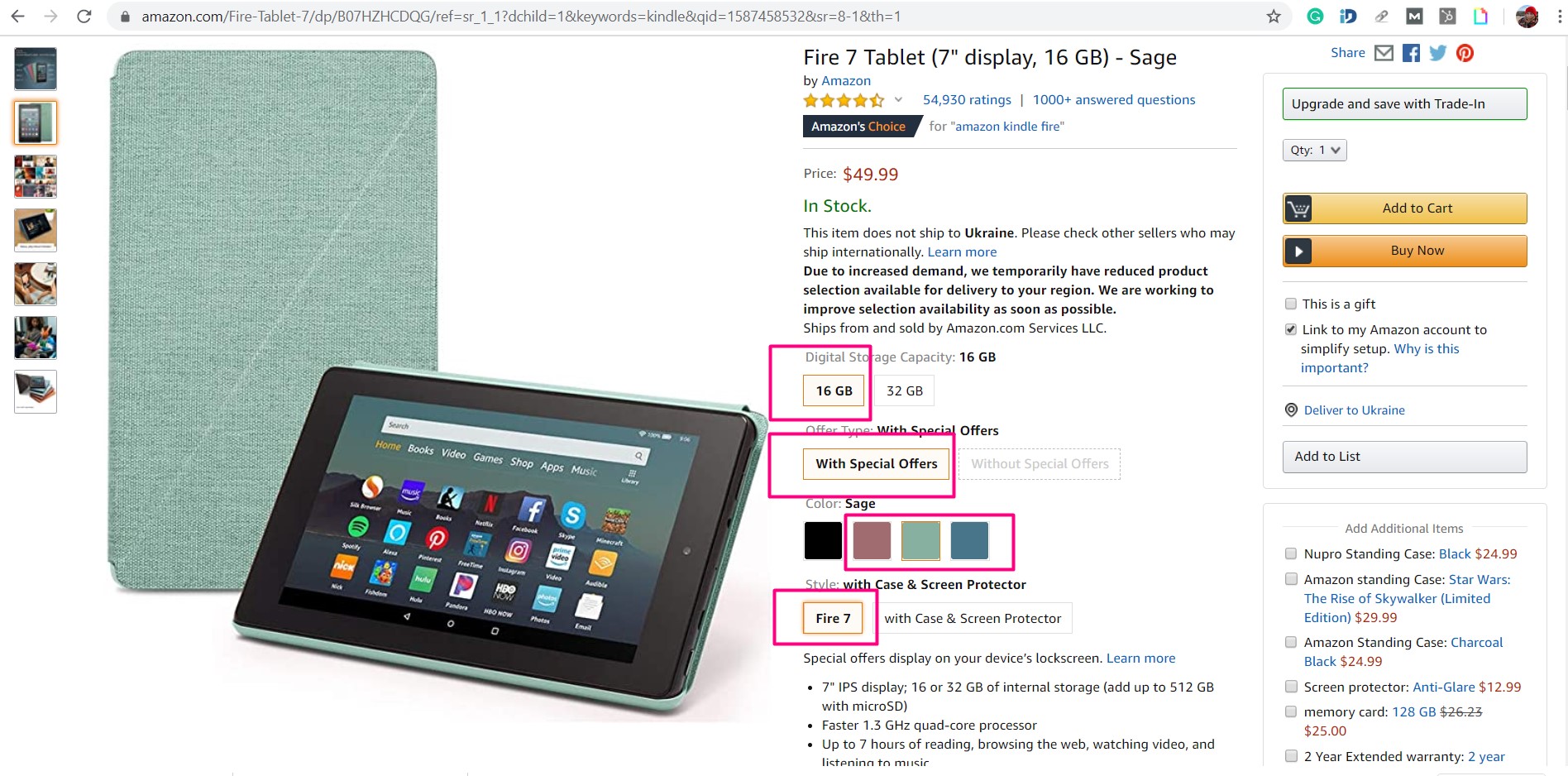
According to Amazon, variations are sets of products that are related to one another. These products would be under a single-parent ASIN. However, you will have an ASIN for each child in the variation (flavor, color, size, style, etc.).
Variations pages shouldn’t be fundamentally different. Adding incorrect child variations to parent products (like product images or names that are fundamentally different from parent ASIN) could lead to penalties, like a temporary ban.
Example: you have a tablet that comes in 4 different colors; rather than creating 4 separate product detail pages, you can group them on the same page with the four different ASIN variations that customers would see as color choices.
Note that newer versions/models of the same product are NOT variations.
ASIN Lookup Tools
Having 1000+ product items on your seller’s list makes it tough to search for ASINs separately. There are various search tools, like Synccentric or Asintool you can find to save time and resources.
There’s also an easier way. Gepard Product Content Syndication Software automatically takes care of product content push and updates to Amazon. Just gather product information in a CSV, and the syndication software will transform it into the data structure of the Amazon marketplace. In the end, you will have all ASINs attached to each product item by Amazon. Learn more here.
Reverse ASIN Lookup
Reverse ASIN lookup is Amazon’s intelligent tool that generates a complete product analysis report with information about business sales and revenue, listings’ quality, keywords ranking, PPC costs, and a list of competitors’ products.
The reverse Amazon ASIN lookup tool allows you to view the most searched keywords, follow the keyword trends, and review what opportunities for improvement are at your disposal. This Amazon tool is especially useful for conducting competitive analysis and getting more ideas on how to enhance your product.
Reverse ASIN lookup is a way to compare your highest-rating competitors’ products ASINs by analyzing Amazon PPC keywords they are using to promote sales.
Amazon Content-Related Challenges
With proper product information management, it’s easier to increase the brand’s visibility, grow sales, and take a lead on the Amazon Marketplace.
Many B2B businesses face the challenge of keeping up with Amazon’s dynamic taxonomy. It means regular product content updates, adjusting to Amazon product data requirements, and managing considerable numbers of Amazon feeds. If run manually, it requires a lot of time and energy and increases the chances of human errors.
How To Grow Sales On Amazon With Gepard Syndication Tool?
Now that Amazon has introduced the AFS (Amazon Feed Specification) program, businesses are able to manage product data within Amazon automatically. For that, the companies have to automate the product data flow.
Here’s where Gepard Syndicator tool comes in handy. The tool automates manual data entries, provides you with timely product feed updates, adjusts your product data formats to Amazon requirements, offers data validation, and saves you from long hours of manual work and costly data errors.
Take A Lead On Amazon With Gepard
Now when you learn ASIN Amazon meaning, what does ASIN stand for, know about the AFS program and main product data challenges, and get ready to effectively solve them!
With Gepard PIM intelligent data mapping, product content syndication, easy-to-navigate interface, and automated data workflow tools, you can enhance your Amazon sales, speed up time-to-market, and outpace your business competitors.
Learn how to conquer the leading eCommerce platforms — try Gepard Free Personalized Demo now.

